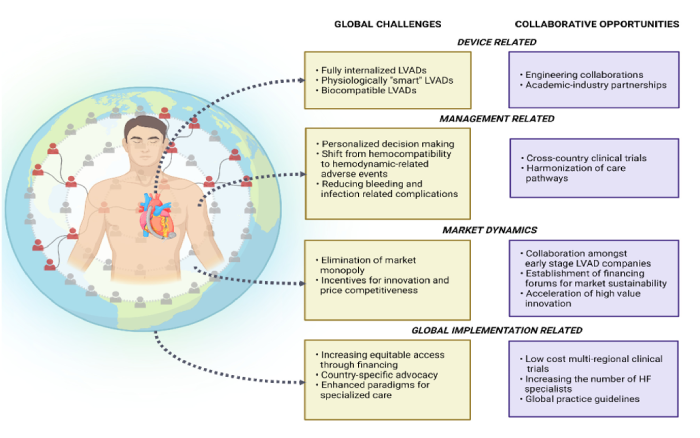Heart Failure 1
Evolution of LVAD: Past, Present and Future

Mandeep R. Mehra, MD, MSc, FRCP
Harvard Medical School, USA
Left ventricular assist devices (LVADs), originally developed as a temporary solution for patients awaiting heart transplantation, have now become a well-established alternative for patients with advanced heart failure (HF). Over the years, these devices have seen significant technological advancements, allowing contemporary LVADs to substantially extend life expectancy in patients reliant on inotropic therapy or those with severe ambulatory HF, with survival rates exceeding five years. Most patients experience notable improvements in both quality of life and functional capacity, even when declined for transplantation and receiving LVADs as destination therapy.
Other objectives of LVAD implantation include bridging to remission or recovery, particularly benefiting younger patients with non-ischemic HF and recent symptom onset, where up to 40% of such patients may achieve recovery to the point of device explantation or decommissioning.
Novel devices currently under development aim to improve biocompatibility at the blood-device interface, offer smart physiological responsiveness to patient needs, and feature wireless power sources for complete internalization. Additionally, enhanced flow characteristics promise better resolution of HF symptoms. The future of LVAD therapy looks promising, with innovations making these pumps not only more effective but also less burdensome for patients.
Technological advances continue in developing soft bio-robotic heart muscle, use of cell therapy to develop autologous pumps that are immunologically quiescent and even biventricular support systems that can completely replace the hearts. Challenges to market adoption continue and include demonstration of cost-effectiveness across diverse geographic regions and continued need for innovation by facilitating novel entrants into the market. In summary, the field of LVAD therapeutics now sits at an inflection point of growth and opportunity for ameliorating the syndrome of advanced heart failure.

Figure 1. Challenges and opportunities in global advocacy for left ventricular assist device (LVAD) therapy.
HF, heart failure (Eur J Heart Fail 2022;24:1316-1318)
